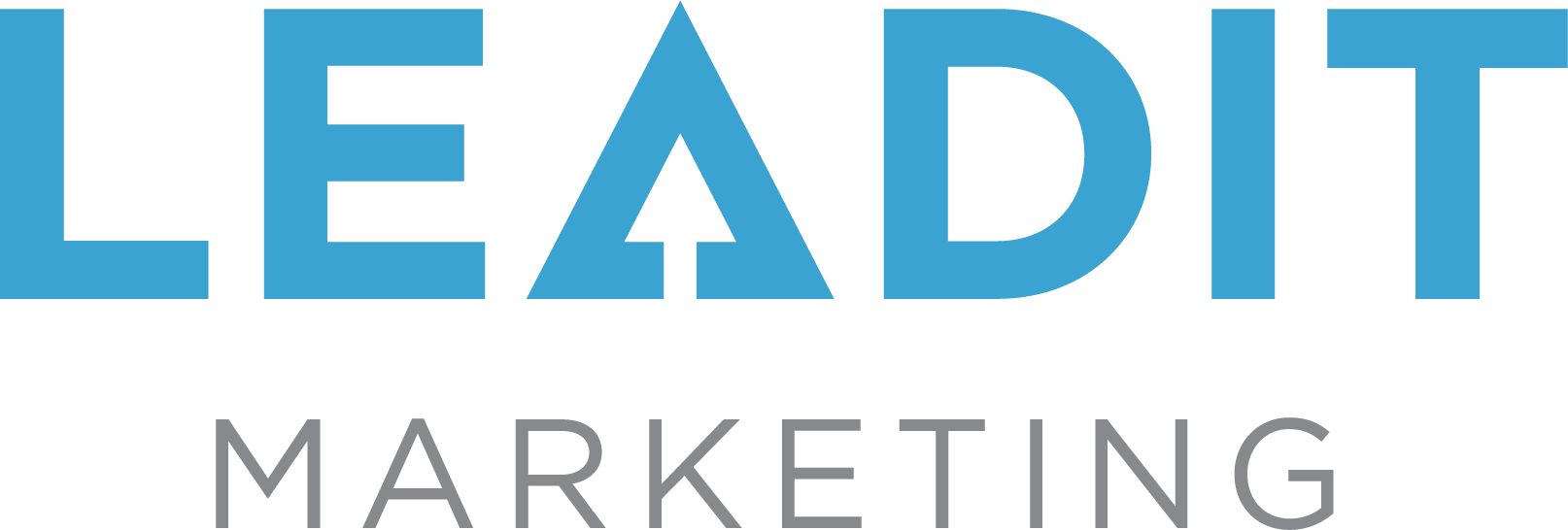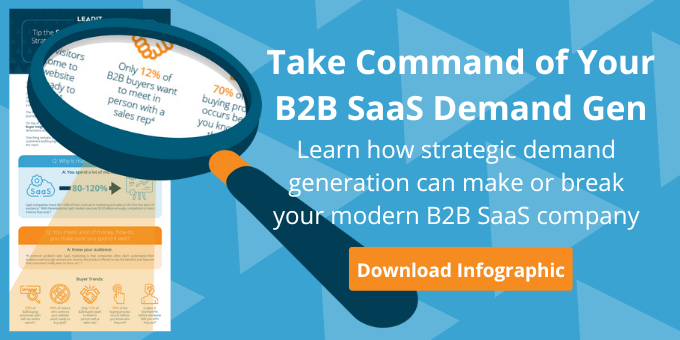
The Five Essentials of a Digital Marketing Strategy
Digital marketing – the use of online communications tools to reach desired target audiences – is no longer a new industry still finding its way. In fact, it’s advanced pretty far, especially with all the proliferating innovations in the marketing automation industry.
So many tools available – but what’s your digital marketing strategy?
Applications from companies like Salesforce and Hubspot are providing the granular level, data-driven insights needed to keep up with the increasingly sophisticated approaches that successful digital marketing demands today.
These save an enormous amount of time and effort when it comes to wrangling data and gathering insights.
Yet for someone looking to build a new digital strategy from the ground up, these shiny objects loaded with bells and whistles can be all-consuming; they end up driving your efforts instead of the other way around. It’s important to remember that they are just the tools. You still need to be the expert craftsman who uses them wisely.
The five essentials you need to build a digital marketing strategy
For B2B digital marketers, the challenge is to recruit a range of teams and initiatives, from content to sales, to get the best possible results. Here are the essential elements you need right now for a successful digital marketing strategy tailored to your business and its clients.
1. Set Targets
You don’t know what you’re aiming for until you’ve chosen a target.
Define and set measurable goals for each of these elements. Later, they will become essential to proving ROI for your marketing strategy:
Your Company’s Products and Services:
Get a deep understanding of the products and services you’re offering and do a detailed analysis of their strengths and weaknesses in the market.
Study competitors to determine their relative market share, company size, and web presence.
Make note of the kinds of content they use, and reverse engineer the keywords that bring them the most traffic using tools such as Moz or Semrush.
Your SWOT analysis should point the way to where you want your products to be positioned in the market once your strategies have been executed.
Then, set broad targets such as growth in market share, year over year sales volume, numbers of subscribers, etc.
Audiences:
Divide them into segments by customer type, geography, or whatever else makes sense in your particular industry.
Identify the steps they take in their buyer’s journey when looking to purchase.
Develop buyer personas for both individuals and their companies. Personas help you develop appropriate content, refine messaging, and identify the right channels to use based on where your buyer personas spend their time online.
Campaign Goals – For each separate marketing campaign you undertake, set targets for numbers of leads acquired, conversions, and sales generated by that campaign.
2. Get Aligned With Sales
Cold calling and email blasting is so 2010. CONTENT is the new cold call.
I’ve written before about how to work more productively with your sales team, and can’t stress enough how much it can impact your bottom line results.
Adopt an Inbound sales philosophy.
Help identify sales-qualified leads by tracking the ways they behave with your digital content, focusing on those who are shown to be the most engaged during their visits.
(Here is where those mind-dazzling marketing automation apps can save a lot of time and effort over manual analytics measurements.)
Be ready with answers in the form of quality content when they come looking with questions, and arm your sales staff with info on who’s been spending the most time with that content.
In the planning stages, Sales team members can offer valuable insights on the audiences to target and the kinds of messaging that will most resonate.
Working closely with the sales team helps to personalize your content’s focus, which has proven to result in better ROI and overall revenues.
3. Develop Quality Content
Use unique, original and valuable content that addresses pain points in various ways.
Some of the most popular forms of long-form, quality content offerings include:
-
- Videos
- Blogs
- Online forums
- Interactive maps
- Calculator tools
- Services directories
- Resources indexes
- E-books/white papers
Try to gauge the amount of content that needs to be developed for the campaign that will enable you to cover each stage of the buyer’s journey.
Don’t make it too complicated; the optimal style for most websites is to use language easily understood by a 10th grader.
If you can manage to educate and entertain first, it helps to set the right tone for establishing trust and send the customer down the path to conversion.
Make sure your content reflects an SEO strategy to both improve search rankings and lengthen its life cycle. “Evergreen” content – which remains relevant even years after it’s first published, will continue bringing in traffic through backlinks and organic search, in turn increasing your company’s overall web presence.
Sharing is caring
Many savvy agencies within our industry elect to give away as much information as possible because this content gives their services more credibility. They figure the more they help people for free, the more those prospects will see the value in paying for their premium services.
4. Launch the campaign
Your launch plan should encompass the big picture of where, when, how and to whom your marketing will be distributed.
First, of course, you’ll need a budget to work with that covers expenses for copywriting, graphics, sponsorships and advertising expenses.
Decide which channels you’ll use. Possible choices for digital marketing include:
-
- Mobile/SMS
- Social media
- PR
- PPC
- Native advertising
Use thoughtful promotion across all channels with consistent messaging and branding. If you’re going with different themes throughout the year, make sure all concurrently running marketing promotions reflect that same theme.
5. Adjust & Iterate
Start monitoring within a few days or a week of launching your campaign.
Throughout the campaign’s lifecycle you’ll learn what’s going well and what’s not working.
Use this continuous feedback to adjust messaging and content while the campaign is still active.
If the first reported results are disappointing, try A/B testing to tweak your messaging, intervals, times of day or demographic distributions until you see the numbers improve.
Keep track of each campaign’s results, and loop back around to the broad target goals you set at the beginning once your strategy has been in place for about a year.
You will then have the proof you need to demonstrate ROI to C-level executives, and the awareness required meet whatever new digital marketing challenges lie ahead.
If any of these strategies are new to you, or you’re not sure about which automation systems or channels will bring you the most benefit based on your company’s situation, a professional marketing agency can mentor you through the process. At Leadit Marketing, we’re constantly monitoring new developments and successful strategies in our industry and we’re happy to help.










